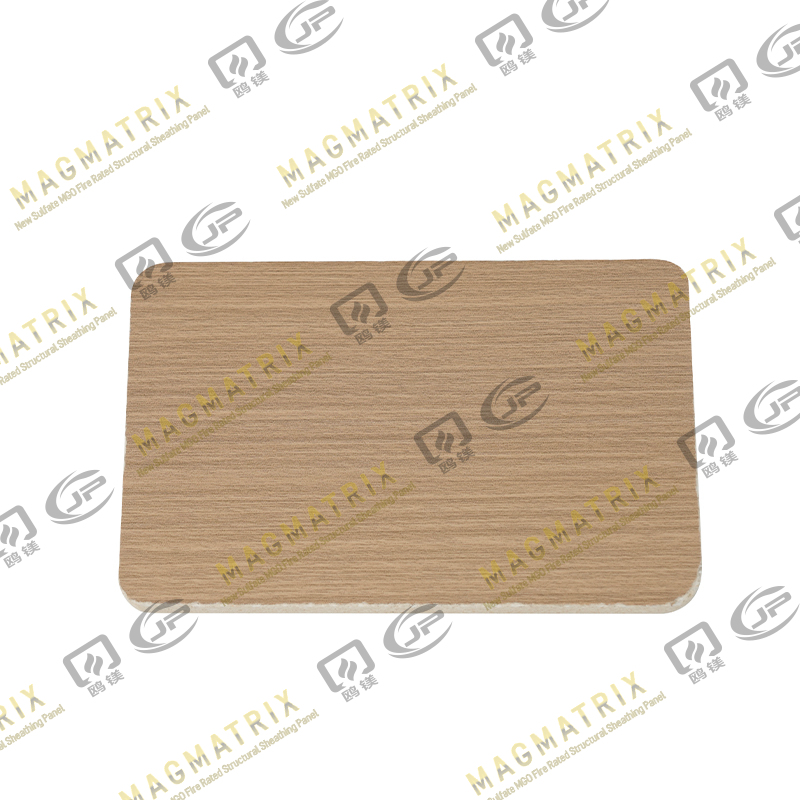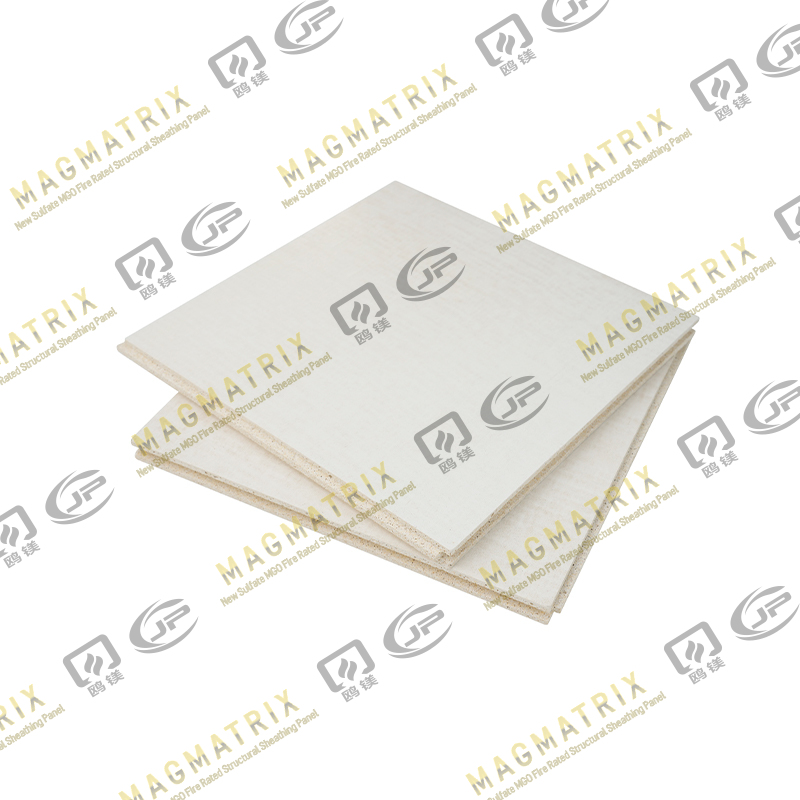Sulfate MGO Board, or magnesium oxide sulfate board, has drawn attention as a versatile, eco-friendly alternative to traditional building materials like cement board, gypsum board, and plywood. As its use expands in residential, commercial, and industrial construction, one question frequently arises: Can Sulfate MGO Board be used in humid climates?
This question is crucial because humidity poses one of the most persistent challenges to building materials. Excessive moisture can cause swelling, delamination, mold growth, corrosion of embedded components, and a decline in structural stability. For MGO boards to be considered suitable for humid regions, they must demonstrate resilience against all these threats.
Understanding Sulfate MGO Board
Sulfate MGO Board is an engineered product composed primarily of magnesium oxide (MgO), magnesium sulfate (MgSO₄), perlite, cellulose or fiberglass reinforcement, and various fillers. The chemical binder—magnesium sulfate—distinguishes it from older chloride-based MGO boards, which often suffered from hygroscopic issues (moisture absorption leading to salt leaching and corrosion).
Unlike magnesium chloride boards, Sulfate MGO Boards are designed to offer improved moisture stability, non-corrosiveness, and better dimensional integrity under humid or damp conditions.
Typical advantages include:
- High fire resistance
- Mold and mildew resistance
- Low shrinkage and swelling rates
- Smooth, paintable surface
- Environmental safety (no formaldehyde or VOCs)
These qualities make it a popular choice for walls, ceilings, facades, and underlayment panels—especially in areas where humidity and temperature vary widely.
The Challenge of Humidity in Construction
Before examining the performance of Sulfate MGO Board, it’s worth understanding what “humid climates” mean in construction terms.
A humid climate typically involves:
- Average relative humidity above 60%
- Frequent rainfall or condensation events
- Slow evaporation due to low wind or ventilation
- Potential for mold and microbial growth
Regions with tropical, subtropical, or coastal conditions—such as Southeast Asia, Florida, or southern China—pose unique challenges for building materials. Moisture can migrate through air infiltration, capillary action, or diffusion, affecting internal and external components alike.
Any panel material used in these conditions must be capable of maintaining:
- Dimensional stability (no warping or swelling)
- Surface integrity (no cracking or delamination)
- Resistance to biological degradation (mold, rot)
- Compatibility with coatings and finishes that prevent moisture penetration
How Sulfate MGO Board Resists Moisture
The strength of Sulfate MGO Board in humid climates lies in its chemical composition and microstructural design. Here’s how it resists moisture and humidity more effectively than other boards:
a. Magnesium Sulfate Binder
The replacement of magnesium chloride with magnesium sulfate eliminates the problem of chloride ions attracting water. Sulfate compounds are far less hygroscopic, meaning they do not absorb and retain moisture from the air as readily. This change dramatically reduces the risk of “sweating” or surface dampness seen in older MGO boards.
b. Densified Matrix
Sulfate MGO Board typically features a denser, well-compacted matrix with fine crystalline structures that limit water permeability. The tighter pore structure minimizes capillary action, preventing water from traveling through the board.
c. Stable Reinforcement
Fiberglass mesh or cellulose fibers embedded in the matrix improve tensile strength and reduce the chance of cracks forming during wet-dry cycles. These reinforcements maintain mechanical integrity even if surface humidity fluctuates.
d. Non-corrosive Properties
Because magnesium sulfate does not release chloride ions, it does not corrode steel screws, studs, or fasteners—an essential advantage for metal-framed buildings in coastal or tropical regions.
Comparative Performance: Sulfate MGO vs. Cement Board in Humid Conditions
Cement boards are well-known for their water resistance and have long been used in bathrooms, kitchens, and exteriors. However, Sulfate MGO Board can offer competitive—and in some areas superior—performance in humid climates.
| Property |
Sulfate MGO Board |
Cement Board |
| Water Absorption |
Low (typically <10%) |
Moderate (10–20%) |
| Dimensional Stability |
Excellent |
Good |
| Mold Resistance |
Excellent |
Good |
| Weight |
Lighter |
Heavier |
| Cutting & Handling |
Easier |
Requires special tools |
| Thermal Insulation |
Higher |
Lower |
| Corrosion Risk |
Minimal |
None (but heavier fasteners needed) |
While both materials perform well, Sulfate MGO Board’s reduced water absorption and non-corrosive chemistry make it particularly appealing in persistently damp or coastal environments.
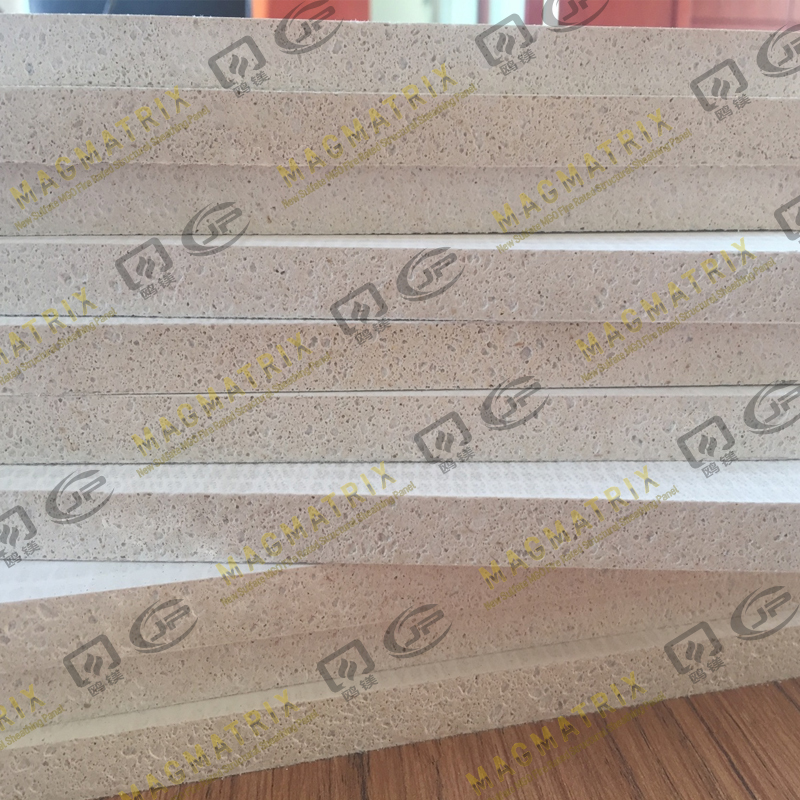
Testing Results and Certifications
Independent testing laboratories have evaluated Sulfate MGO Boards for their moisture resistance and performance under humid conditions. Common tests include:
-
Water Absorption Test (ASTM C1185)
Measures the percentage of water absorbed after immersion. Sulfate MGO Boards often achieve absorption rates under 10%, a strong indicator of low porosity.
-
Freeze-Thaw and Wet-Dry Cycle Tests (ASTM C1186)
These simulate alternating wet and dry conditions to assess expansion, cracking, and surface integrity. Sulfate MGO Boards typically pass with minimal change in dimensions.
-
Mold Resistance Test (ASTM D3273)
After weeks of exposure in a humid environment with mold spores, boards show little to no fungal growth.
These results reinforce that Sulfate MGO Board, when properly formulated, performs reliably under high humidity.
Real-World Applications in Humid Regions
Builders have successfully implemented Sulfate MGO Boards in regions with challenging moisture conditions:
- Tropical coastal homes: Used for exterior cladding and soffits where salty air and constant humidity prevail.
- Public washrooms and kitchens: Panels remain stable without softening or odor emission.
- Basement walls and ceilings: The non-organic nature prevents mold growth, even when humidity rises seasonally.
- Prefabricated housing in monsoon regions: Lightweight and moisture-stable panels simplify transportation and assembly without swelling or cracking.
However, performance also depends on installation quality and environmental exposure. Even the best moisture-resistant materials can fail if not installed with correct sealing, ventilation, and finishing systems.
Installation and Maintenance Best Practices in Humid Climates
To maximize the durability of Sulfate MGO Board in humid areas, proper installation is essential. Below are recommended guidelines:
a. Acclimatization
Before installation, allow boards to acclimate to the local environment for 24–48 hours. This prevents minor dimensional shifts after mounting.
b. Waterproof Finishes
Although the board itself resists moisture, applying waterproof coatings, sealants, or breathable paints enhances protection against direct rain or condensation.
c. Edge Sealing
Seal exposed edges and cut surfaces with primer or sealant to block water infiltration, especially in exterior applications.
d. Proper Joint Treatment
Use flexible joint compounds or sealants that accommodate expansion and contraction. Avoid rigid fillers that may crack under thermal stress.
e. Ventilation Design
Ensure good airflow behind wall systems or in ceiling cavities. Proper ventilation reduces condensation buildup, extending the lifespan of both MGO boards and substructures.
f. Avoid Prolonged Submersion
While Sulfate MGO Board handles high humidity well, it is not designed for continuous submersion. Avoid using it in places with standing water or direct water immersion.
g. Maintenance
Regularly inspect sealants and coatings for wear. Recoating every few years can preserve water repellency and surface appearance.
Common Misconceptions
Some misunderstandings persist regarding the use of MGO boards in humid conditions. Let’s address a few:
-
Myth: “All MGO boards absorb water and deteriorate in humidity.”
Reality: This applies primarily to chloride-based MGO boards. Sulfate-based formulas have resolved the moisture absorption issue.
-
Myth: “Sulfate MGO Board is completely waterproof.”
Reality: It is highly moisture resistant but not waterproof. It performs excellently in humid environments but still requires proper sealing for direct water exposure.
-
Myth: “It can replace cement board in every outdoor application.”
Reality: While it can perform similarly in many areas, cement boards may still be preferable where long-term water pooling or submersion occurs (e.g., foundation walls).
Environmental and Health Benefits in Humid Regions
An additional benefit of Sulfate MGO Board is its contribution to indoor air quality in humid environments. Because the board is inorganic and non-toxic, it:
- Does not promote mold or mildew growth
- Emits zero volatile organic compounds (VOCs)
- Maintains structural integrity without releasing odors or dust
In damp climates where mold and poor air quality are frequent problems, using Sulfate MGO Board can significantly improve occupant comfort and reduce maintenance costs.
Limitations and Considerations
While Sulfate MGO Board is well-suited for humid climates, understanding its limitations is key:
- Cost: Often slightly higher than gypsum board, though offset by reduced maintenance.
- Weight Variability: Some formulations may differ in density, affecting handling.
- Compatibility: Adhesion with certain paints or sealants must be verified with manufacturer guidance.
- Installation Skill: Incorrect fastener spacing or sealing can compromise moisture performance.
Manufacturers’ data sheets should always be consulted before use, as formulations may vary in density, curing, and surface finish.
Final Verdict: Suitable with the Right Approach
So, can Sulfate MGO Board be used in humid climates?
Yes—when properly specified, installed, and maintained, Sulfate MGO Board performs exceptionally well in humid environments.
Its combination of low water absorption, non-corrosive chemistry, mold resistance, and structural stability makes it a strong choice for coastal regions, tropical zones, and other moisture-prone areas.
However, no building material is perfect in isolation. Optimal results depend on pairing Sulfate MGO Board with good design practices—effective ventilation, edge sealing, and protective coatings. When these are observed, the board can deliver long-lasting durability, aesthetic flexibility, and peace of mind even in the most humid conditions.
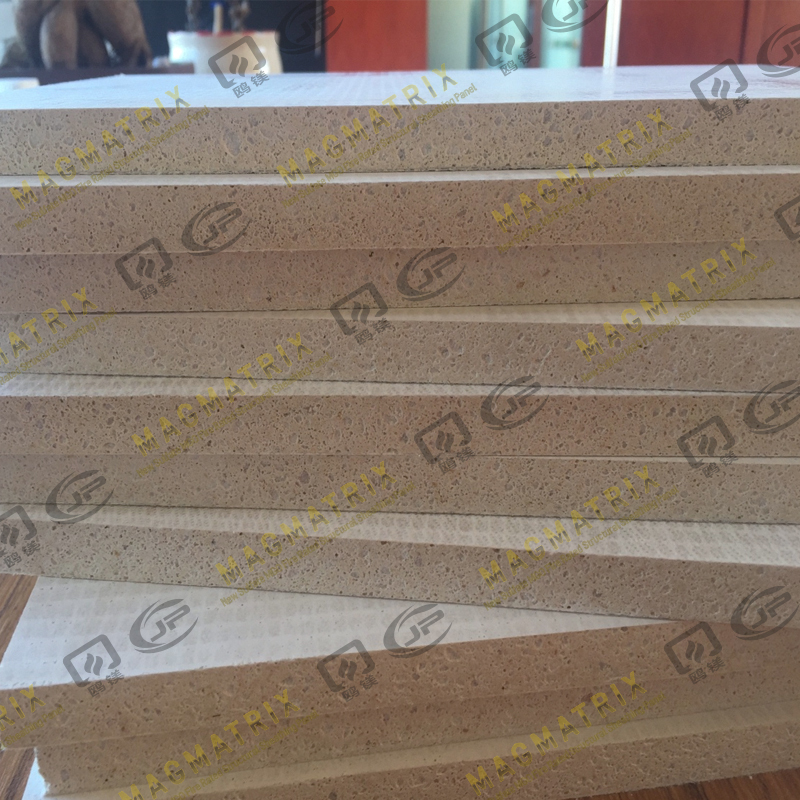 BMSC 517 New Sulfate MgO Board
BMSC 517 New Sulfate MgO Board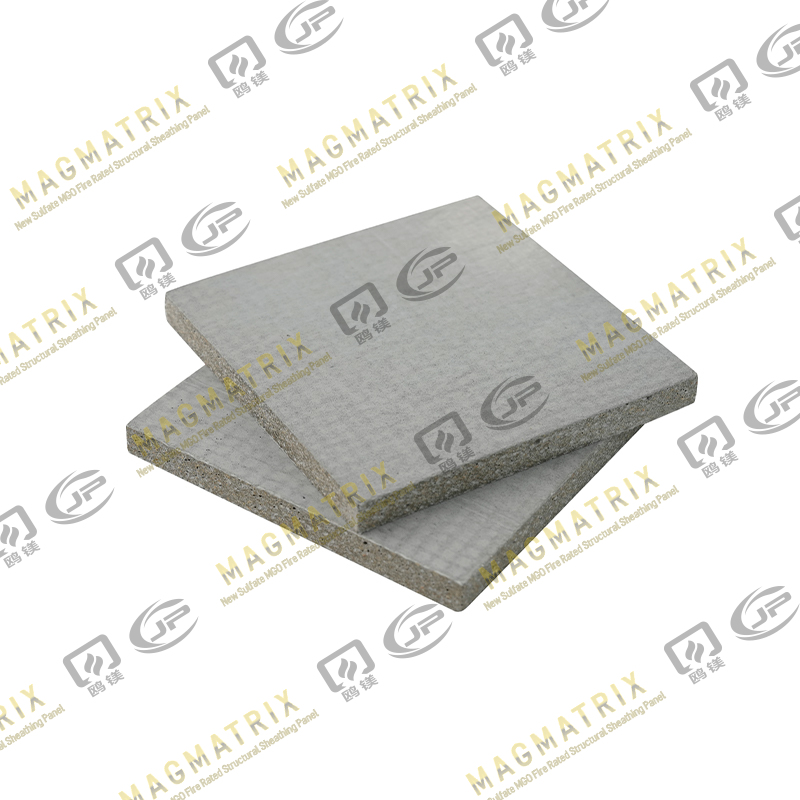 Multi-Support MgO Wall Sheathing Board
Multi-Support MgO Wall Sheathing Board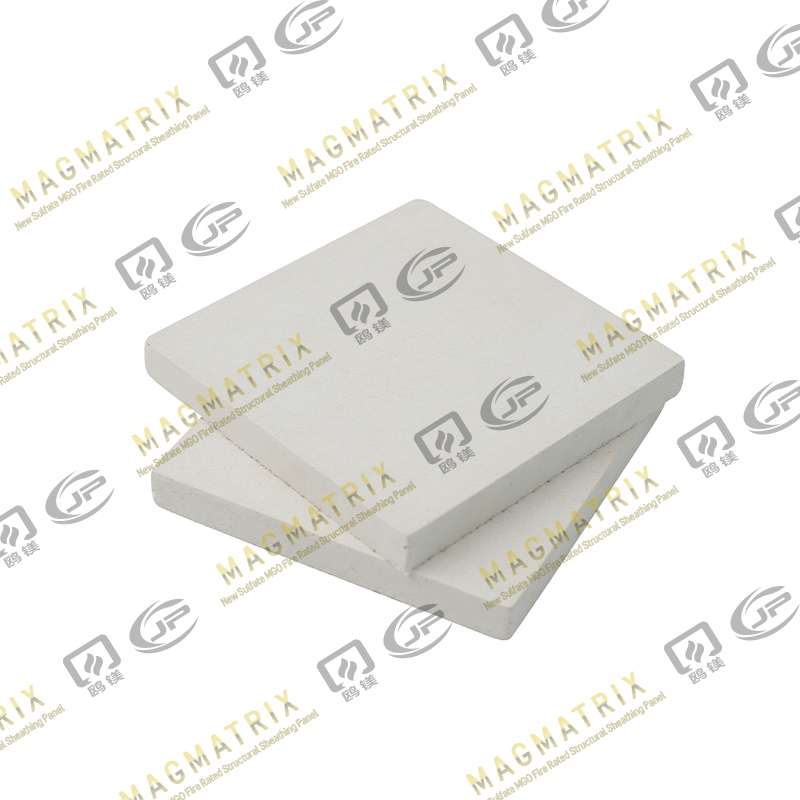 Perseverance MgO Wall Sheathing Board
Perseverance MgO Wall Sheathing Board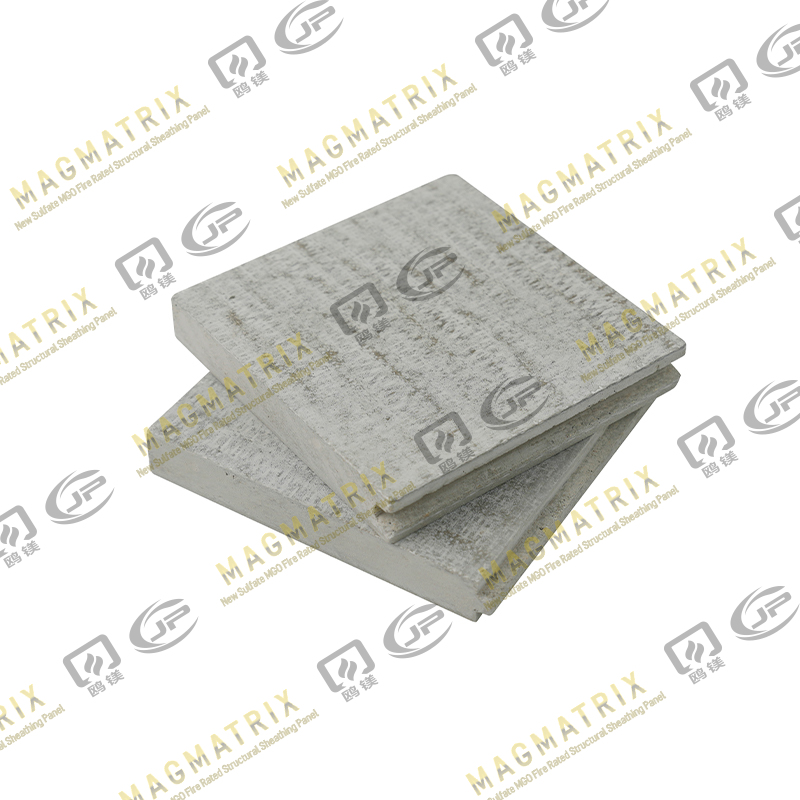 Multi-Support MgO Subfloor Sheathing Board
Multi-Support MgO Subfloor Sheathing Board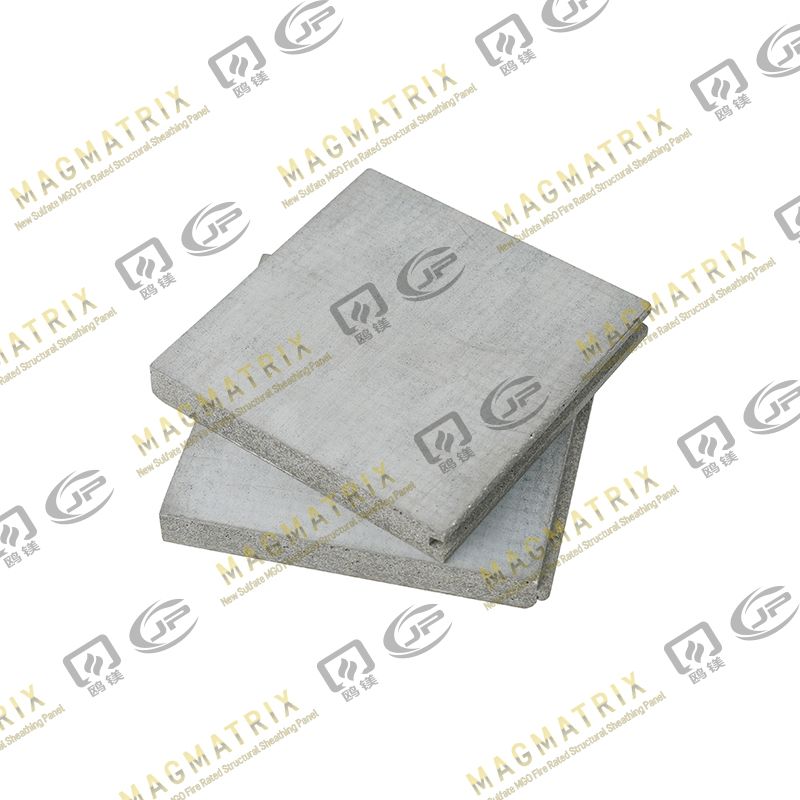 Perseverance MgO Subfloor Sheathing Board
Perseverance MgO Subfloor Sheathing Board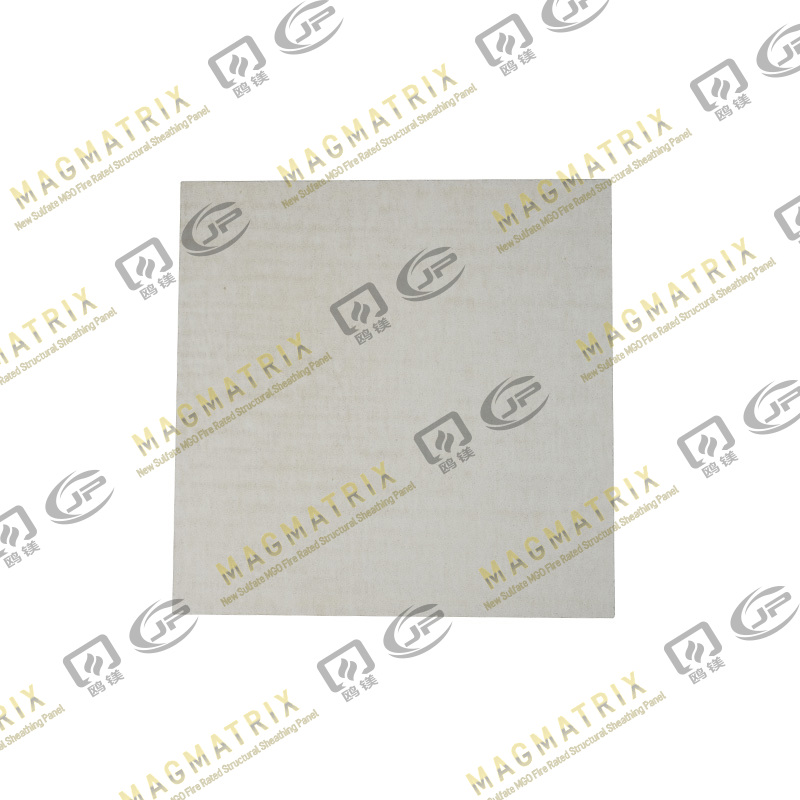 MagMatrix MgO Underlayment Panel/board
MagMatrix MgO Underlayment Panel/board


 English
English русский
русский Español
Español
